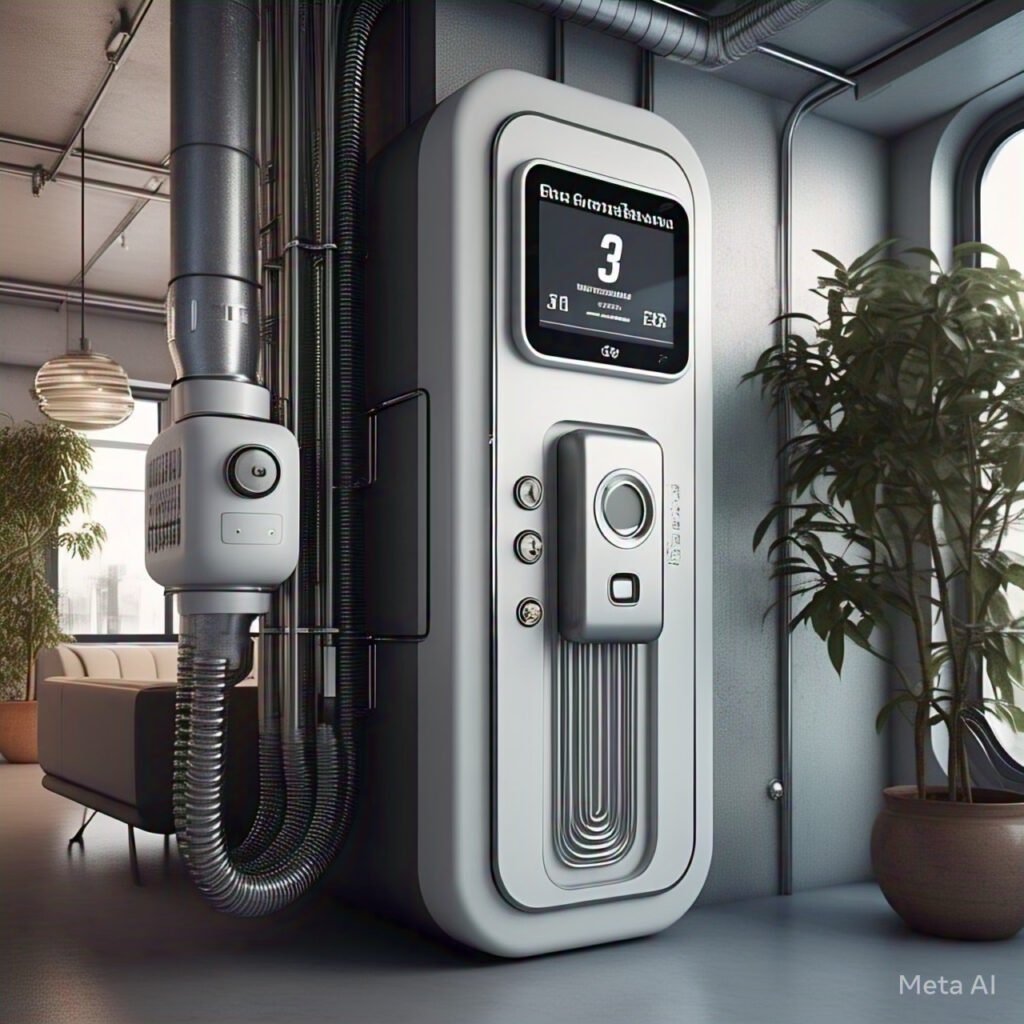The automobile industry has been experiencing a paradigm shift over the last few years, with the introduction of various safety-enhanci maBy controlling the airflow, distribution and temperature inside the vehicle, it offers personalised comfort of the climate control.
It operates autonomously and ensures optimal conditions for passengers while eliminating any fogging on the widows or the windshield. This technology is prevalent in most mid-range cars. It enhances the driving experience by allowing individual temperature settings and automatic adjustments of the fan speed and air circulation.
What Does Auto Climate Control Do?
The automatic climate control system in cars has several notable features:
By utilising various sensors, the automatic climate control system in cars monitors the air quality within the cabin.
It allows both the driver and the front passenger to regulate the cabin temperature to preferable settings individually.
Many car models incorporate an ECM to oversee additional sensors like those for humidity and cabin air quality.
With this system, the temperature levels and airflow intensity can be adjusted to preferable settings effortlessly with just a touch.
It allows both the driver and the front passenger the flexibility to adjust temperatures separately.
Equipped with sensors, this system can adjust the temperature of the cabin based on the quality of air intake and sunlight exposure.
However, if the use of automatic climate control in cars feels confusing to follow, using practical tips can simplify the use of the air control system.
The automotive sector has been undergoing a revolution in the past few years, with the emergence of numerous safety-improving features. Automakers are launching improved safety features to make the vehicles safer for driving and passengers more comfortable. One such prominent feature was the launch of automatic climate control in automobiles.
Car automatic climate control is a sophisticated system that allows independent cabin temperature and humidity regulation. Through the control of airflow, distribution and temperature within the vehicle, it provides individualized comfort. It works independently and provides passengers with the best conditions while removing any fogging on the windows or windshield.
One of the most important advantages of AI-driven automatic climate control systems is that they can optimize fuel efficiency and energy consumption. Based on real-time weather, traffic, and road conditions information, the AI algorithm can make adjustments to climate control settings to reduce energy consumption and avoid fuel wastage.
This not only saves energy but also reduces fuel consumption, resulting in cost savings for drivers.
Another important benefit of AI-based automatic climate control systems is their capacity to sense possible safety hazards, such as driver fatigue or distraction, and adjust climate control settings to alert the driver.
Another significant advantage of AI-driven auto climate control systems is that they can maximize energy consumption and fuel efficiency. Through real-time access to weather, traffic, and road conditions, the AI system can modify climate control parameters so as to avoid unnecessary energy consumption and fuel loss.
For instance, if the AI system can detect that the room temperature is dropping rapidly, the climate control systems can be modulated to save heat and decrease energy consumption. Not only is energy conserved, but the amount of fuel used decreases, meaning savings in cost for the drivers.
The combination of AI with automatic climate control in cars represents a huge step forward in the automotive sector.
The car manufacturing sector is moving at a high speed, and new innovations and technologies are entering the market every year. One such example is the integration of AI and auto climate control into the driving experience.
As we cast our eyes towards the future, it’s thrilling to consider what can be done with the potential of AI and automated climate control. From tailored climate control parameters to energy optimization and fuel efficiency, the advantages of this technology are many.
In summary, the combination of AI and automatic climate control in cars is a major innovation that is revolutionizing the driving experience. With its capacity to learn and adapt to the preferences of individual drivers, AI-based automatic climate control systems offer a personalized climate control experience that improves driver comfort, safety, and energy efficiency.
As the technology advances, we can look forward to even more sophisticated features in AI-based automatic climate control systems, further transforming the driving experience. With AI and automatic climate control, drivers are able to have a more comfortable, secure, and energy-efficient driving experience, and every drive becomes a pleasure.



